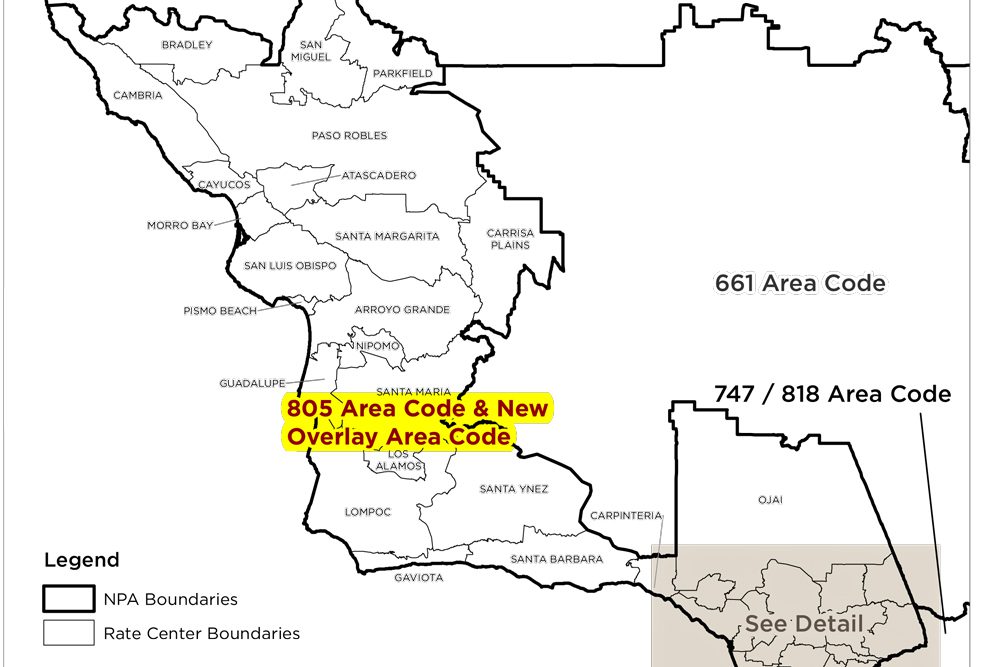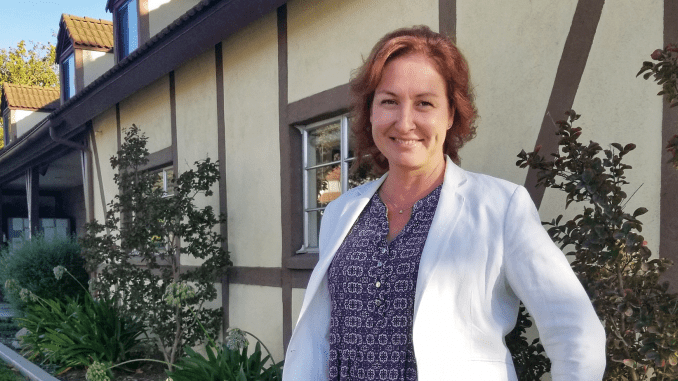By Giana Magnoli, Noozhawk Managing Editor
A lot of people are fed up with the proliferation of marijuana cultivation in Santa Barbara County, with grows concentrated in unincorporated, semi-rural and agricultural areas as state and local permitting systems work to catch up.
The county Board of Supervisors passed regulatory ordinances last year, and the state has issued temporary licenses for operators. But no cannabis-related business has made it all the way through the county’s permit process, with land-use permits and business licenses, said Dennis Bozanich, deputy county executive officer who is the go-to staffer for the cannabis programs.
About 70 people confronted the supervisors at Tuesday’s meeting, where the board considered changes to the ordinances.
Public comment was dominated by residents frustrated with the smell and disruption caused by pot farms, with many local cannabis operators showing up to say they are doing everything possible to comply with regulations.
The supervisors supported increased control of cannabis operations on AG-1 properties for inland areas; eliminating the LiveScan background check requirement for some workers at cannabis businesses; changing which department reviews energy plans; and amending wording to increase authority to reject license renewals.
They did not support making other proposed changes, such as allowing cannabis testing on agricultural properties, changing the cap system for storefront retail businesses, or allowing generators to power the required security lighting or security camera systems.
The supervisors asked staff to look into prohibiting cannabis cultivation on some inland AG-1 properties, possibly limited by parcel size.
Most of the changes the supervisors supported can be put into effect relatively quickly, while the deliberations over changing rules for AG-1 properties will be reviewed by the Planning Commission, a process that will take months, Bozanich said Wednesday.
The board and county staff said they can’t enforce against “bad actors” and operators out of compliance until permitting systems are fully in effect, which require specific mitigations such as odor abatement and shielding the sight of marijuana greenhouse grows from the public.
With the mishmash of state temporary licenses, state provisional licenses, and local permitting and licensing, the county isn’t at a point where it knows which operators plan to work inside the regulatory system and which ones don’t.
Bozanich said there are 90 to 100 local operators with temporary state cannabis cultivation licenses. Of those, 50 have submitted applications for land-use permits, and three have been permitted and now are applying for business licenses, the next step in the process.
The rest don’t have long to get in the system.
The temporary state licenses will expire at the end of March, so by then, operators will have to apply for a local permit in order to be eligible for a state provisional license, Bozanich said.
The CalCannabis state temporary cultivation licensing database shows more than 2,100 licenses active in Santa Barbara County, with some businesses listed on more than 200 licenses.

The county’s cannabis cultivation ordinances have requirements for odor control, security and fencing, but no businesses have been permitted and licensed by the county yet. (Ryan Cullom / Noozhawk photo)
Bozanich said the high number is because the state has so many kinds of licenses, based on indoor/outdoor and grow size.
“At the end of the day, from a local perspective, it’s kind of about the number of operators,” he said.
After the temporary licenses expire, the state and county will know which operators have provisional licenses and which ones don’t, and local law enforcement can conduct enforcement efforts, Bozanich said.
Operators can have unlimited cultivation acreage since California eliminated its 4-acre cap that was in an early draft of regulations. The largest license is for a 1-acre grow, but businesses can have multiple licenses.
The county does not have a cap, either.
“When operating clandestinely, small is a virtue; when trying to operate in a licensed and regulated market, small is not really a virtue, right, because of economies of scale,” Bozanich said.
Residents frustrated with the smell of cannabis cultivation and lack of enforcement
Many neighborhoods in unincorporated Santa Barbara County – the Santa Maria Valley, Tepusquet Canyon, the Lompoc Valley, the Santa Ynez Valley, the eastern Goleta Valley, and the Carpinteria Valley – are semi-rural, with residences on or near property zoned to allow agriculture.
Residents complained to the supervisors of headaches and intense disruption to their lives because of the skunky smell, which they said makes it impossible to open windows in the summer, or sit on the porch and enjoy a glass of wine.
“We’ve had enough,” said Maureen Foley Claffey, a Carpinteria resident and school board member. “Pot stinks and we’re mad as hell.”
She said the Carpinteria Valley is the “Wild West,” with people trespassing on her property and gun safes arriving on her doorstep by mistake.
“Enforcement, enforcement, enforcement,” she urged the Board of Supervisors, a refrain taken up by many other residents during Tuesday’s hours-long public comment period.
Smell-related complaints dominated the comments, although many residents have more concerns about the emerging adult-use marijuana industry (also called non-medical use) including traffic, security, and the use of hoop houses.
People from the wine industry in the Santa Ynez Valley and the Sta. Rita Hills area said they are worried about cannabis farms’ odor effect on wine grapes, and on tourists to the area if there is an overwhelming smell in the air.
Alison Laslett from Santa Barbara Vintners said the majority of local wine is purchased in tasting rooms. “And to taste wine, people have to be able to smell it,” she said.
Several people from the cannabis industry spoke as well, including local farmers who moved to growing marijuana from other crops.
Eric Edwards, who said he was representing a licensed Carpinteria operator, said costs to prepare a conditional-use permit and get in compliance are more than $30,000.
“We’re happy to pay, but need more enforcement for those not playing by the same rules,” he said.
“If I were growing any other plant than cannabis, only a building permit would be required, not a land-use permit that requires odor, noise, traffic, fencing, landscaping and lighting restrictions,” said Steve Decker, who has a cannabis cultivation business on agricultural land.
After the hours of public comment, Supervisor Steve Lavagnino addressed the crowd. Speakers had a lot of anger toward the board, he said, but the people of Santa Barbara County and California voted to pass Proposition 64 and legalize adult-use marijuana.
“You can’t have 69 percent of the people, like in District 1, vote for marijuana, and then impose an artificial ban because we know it doesn’t work,” he said.
During board discussion, the supervisors were mostly on the same page with each other on the proposed ordinance amendments.
They voiced support for banning cannabis cultivation on smaller AG-1 properties, maybe less than 20 acres. That issue will be reviewed by the Planning Commission.
Supervisor Joan Hartmann wanted to create odor-abatement requirements for AG-2 land, but none of her colleagues agreed. She also raised the issue of setbacks, or limiting the percentage of parcel acreage that could be cultivated.
It would be difficult to require odor control on large, outdoor agriculture operations, which is what those properties are zoned for, Lavagnino said.
“That’s where we wanted the industry to go,” he said.
Supervisor Das Williams, whose district includes the Carpinteria Valley, reiterated that the county cannot enforce odor-abatement requirements until businesses are permitted.
People have been trying to control marijuana cultivation for 100 years, and the county has only had ordinances in place for a few months, he said.
The action Tuesday by the board was to direct staff, so the proposed ordinance changes will come back to the board for final approval, likely on the administrative agenda.
— Noozhawk managing editor Giana Magnoli can be reached at gmagnoli@noozhawk.com.







